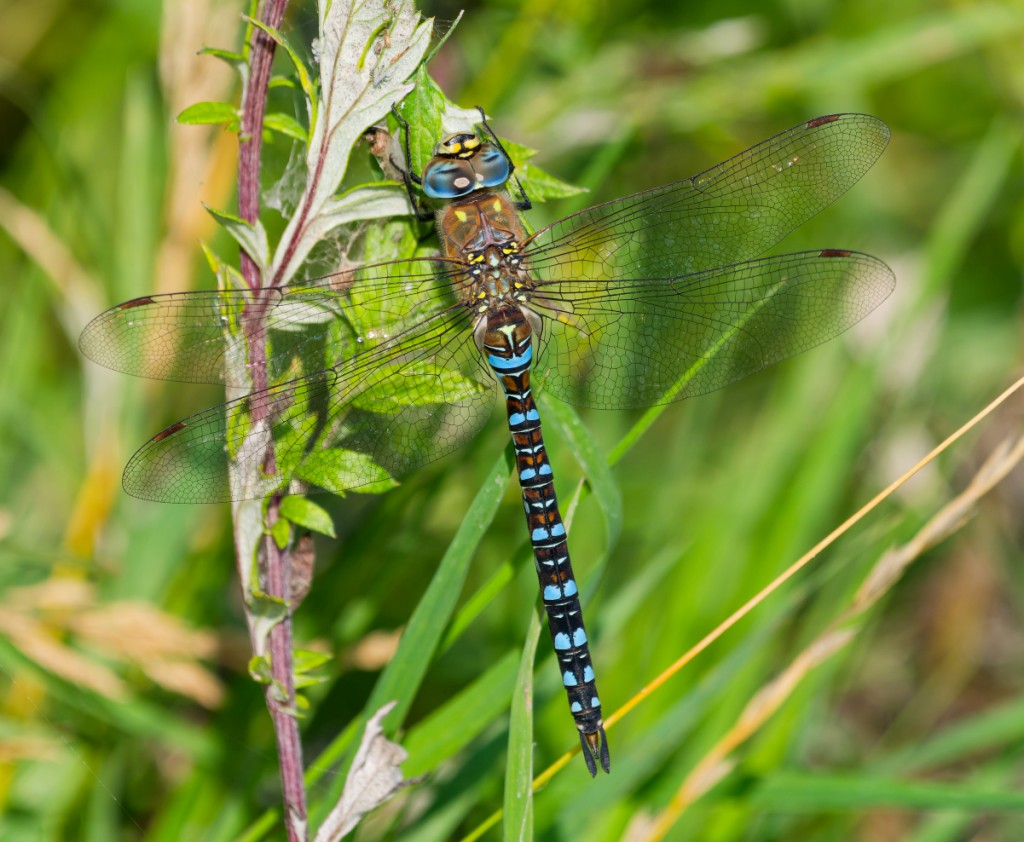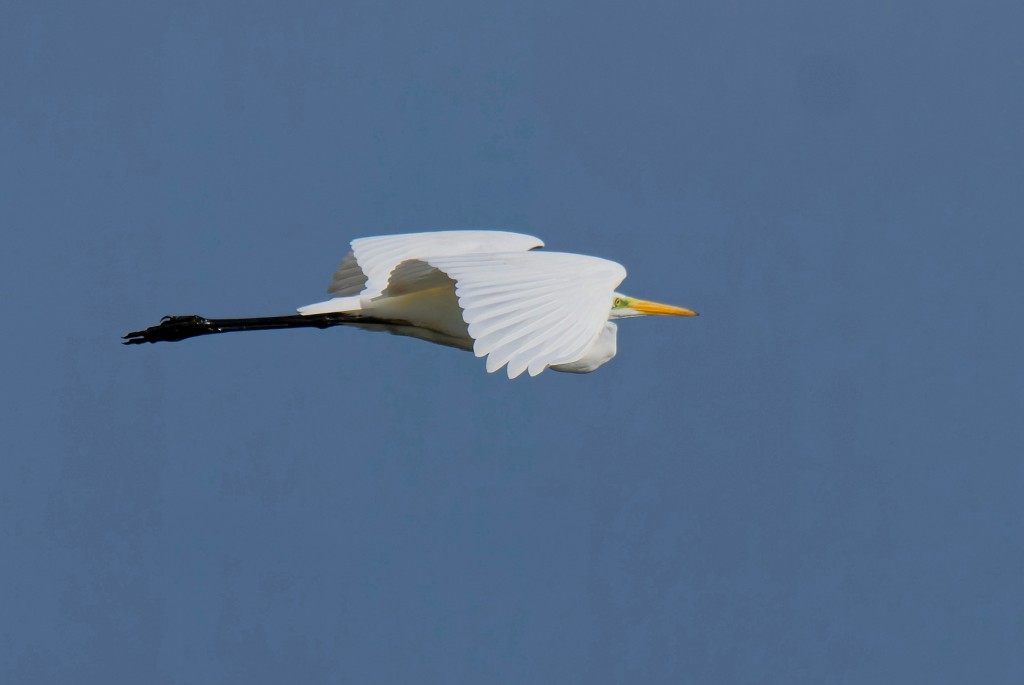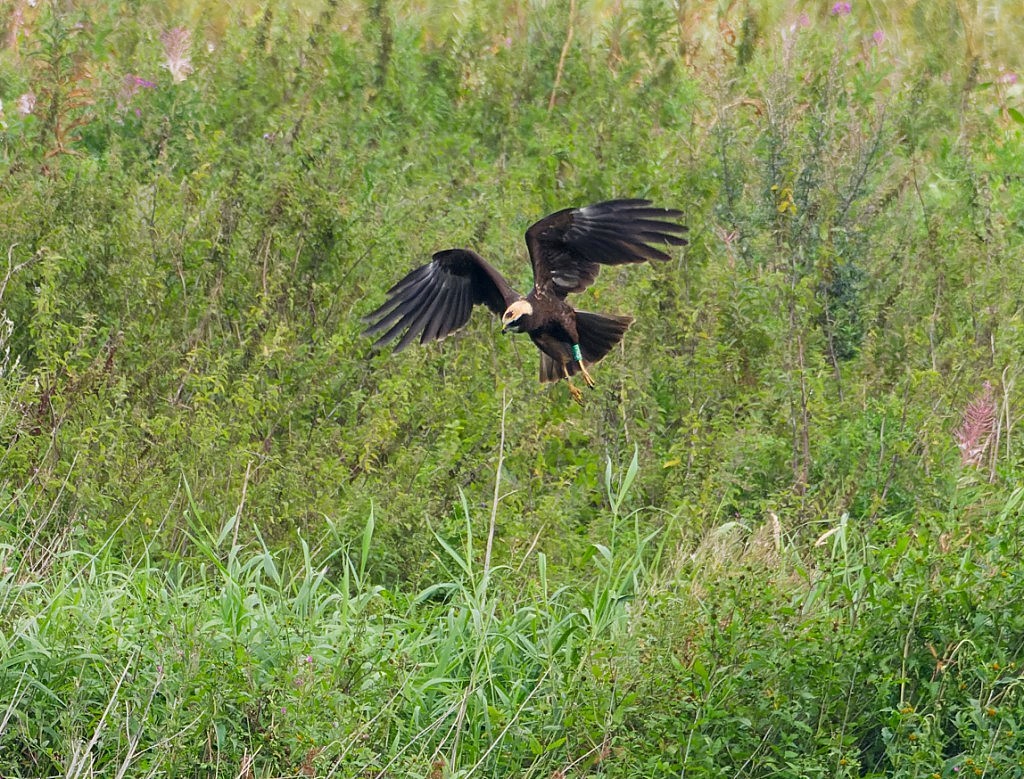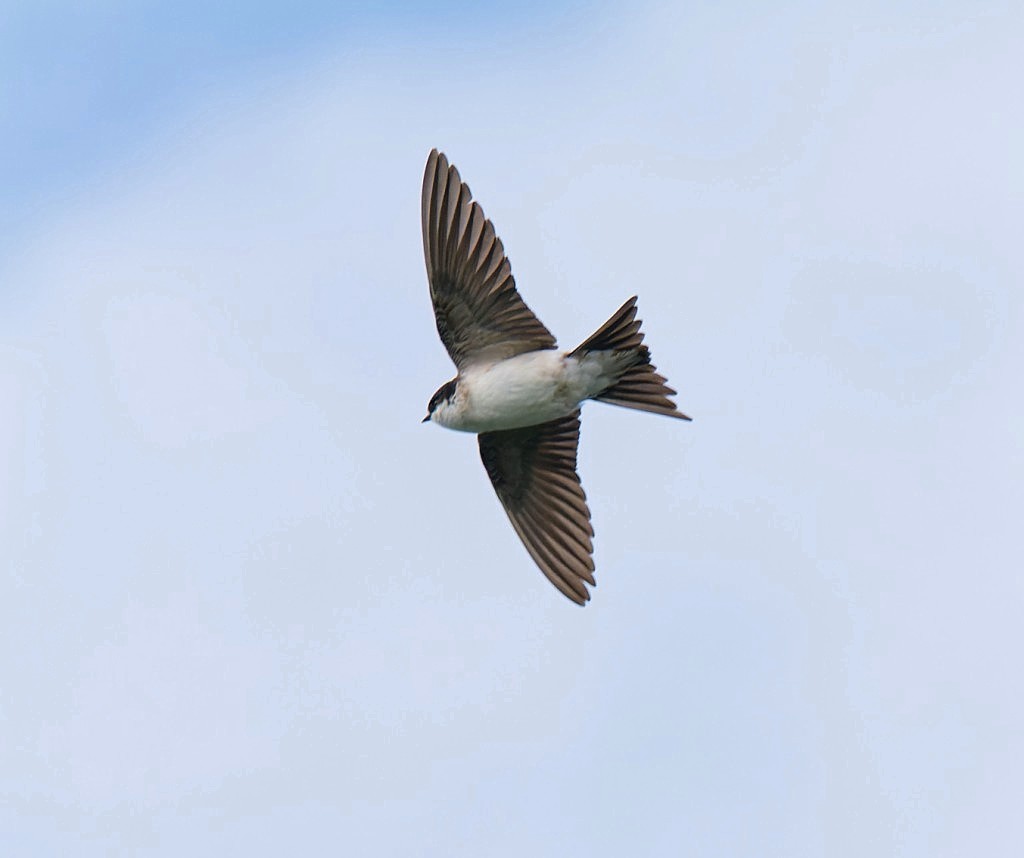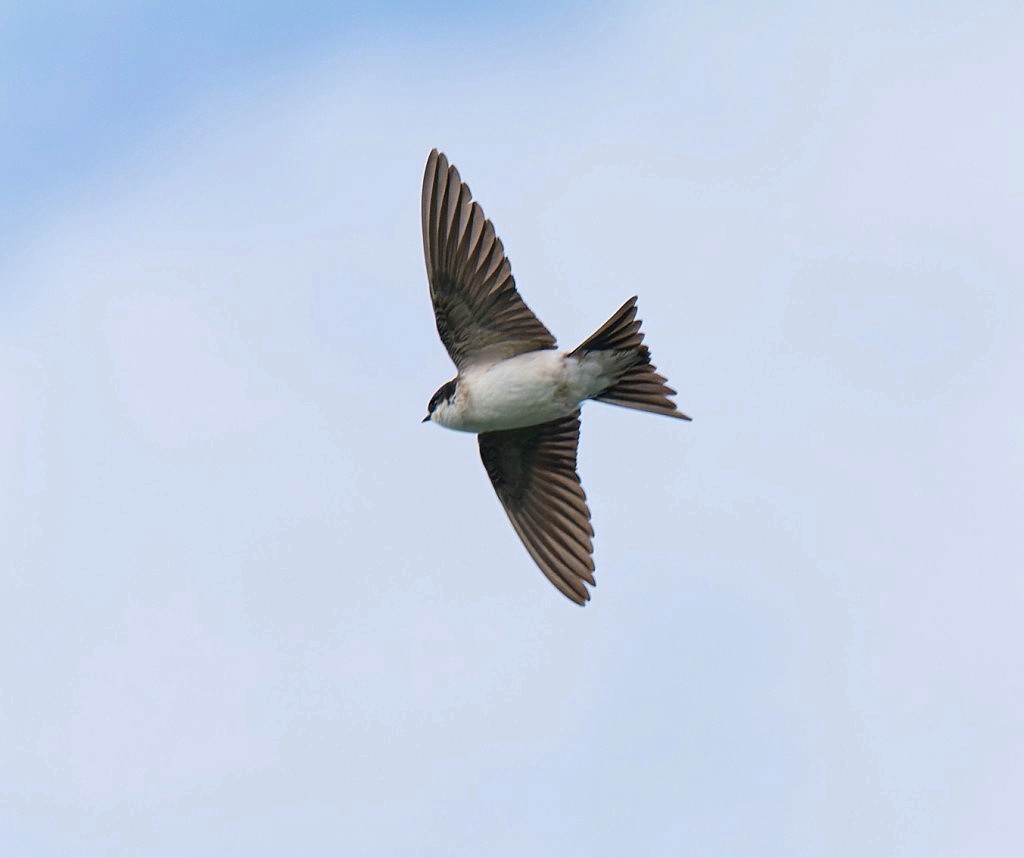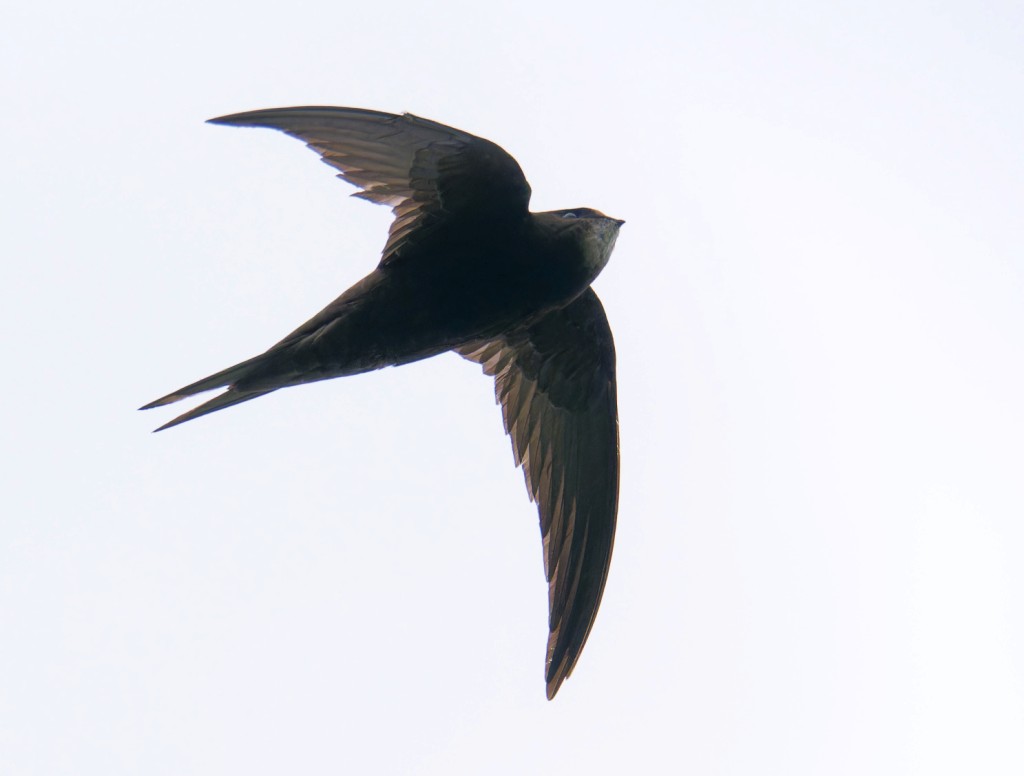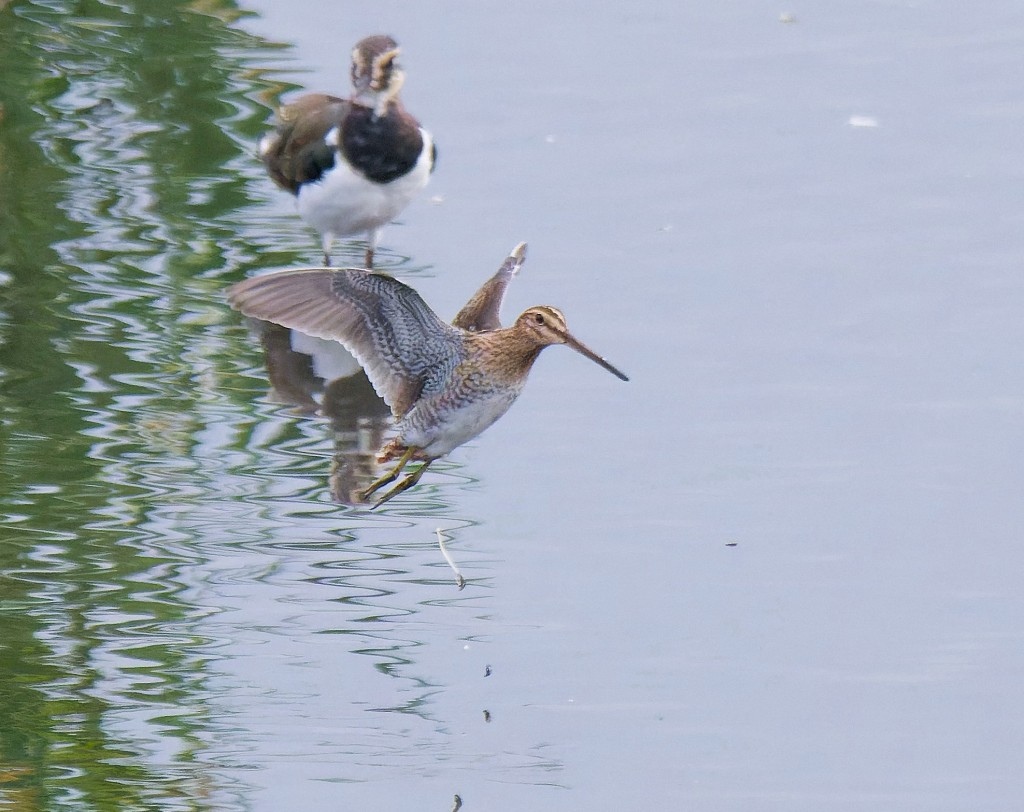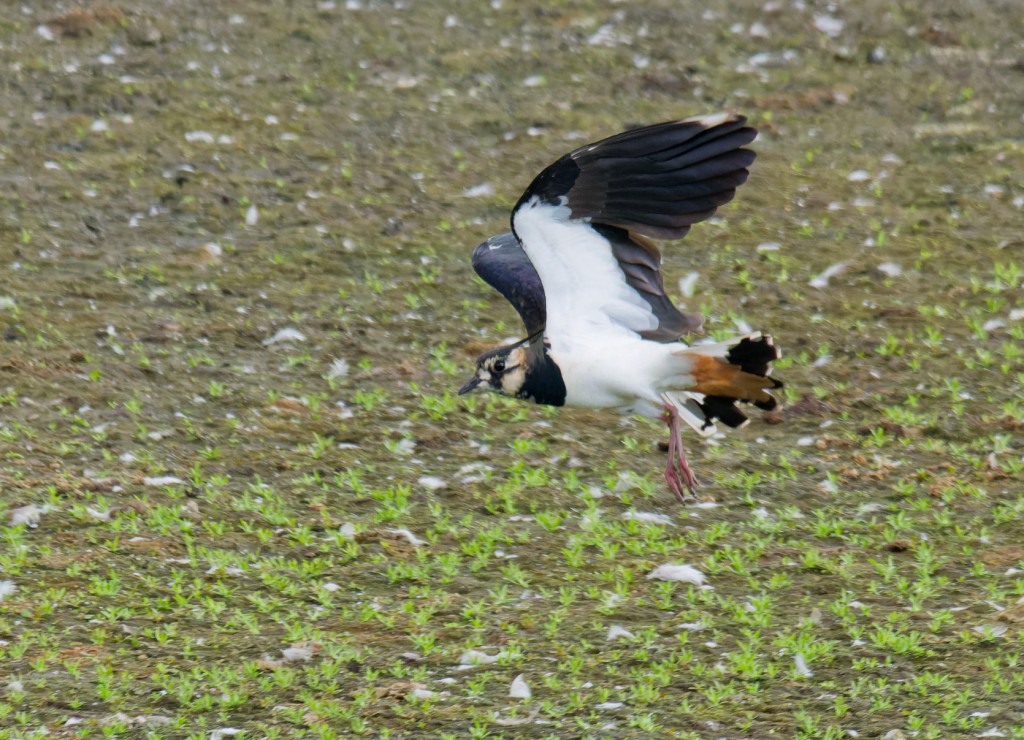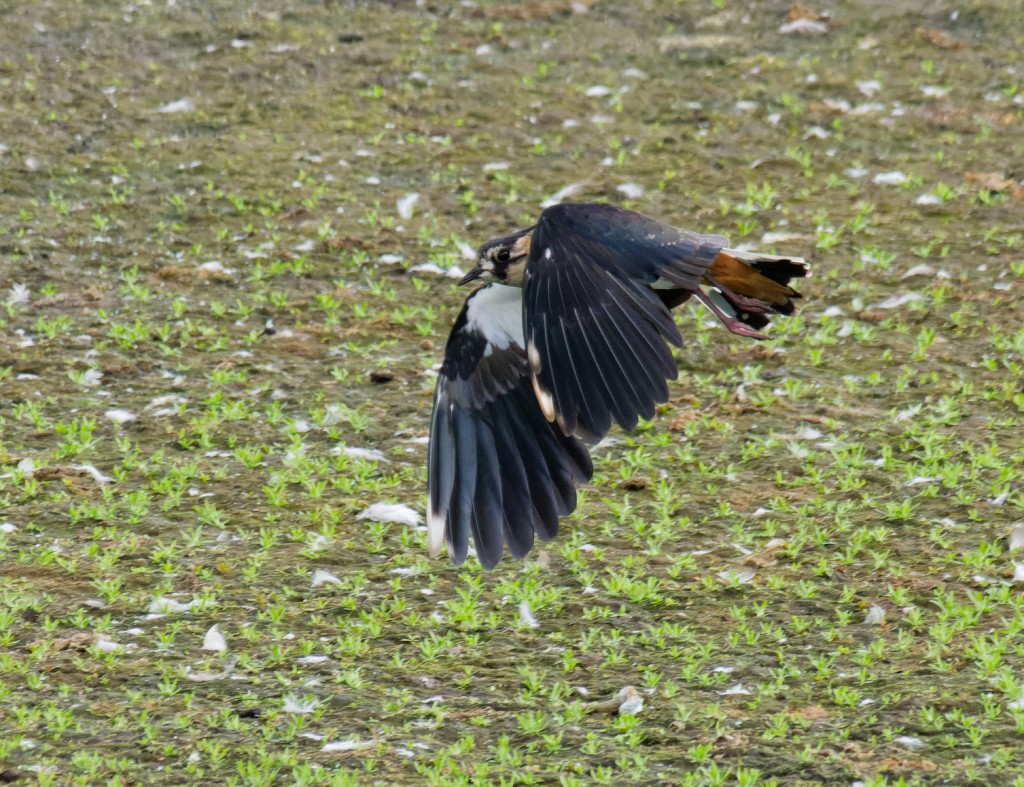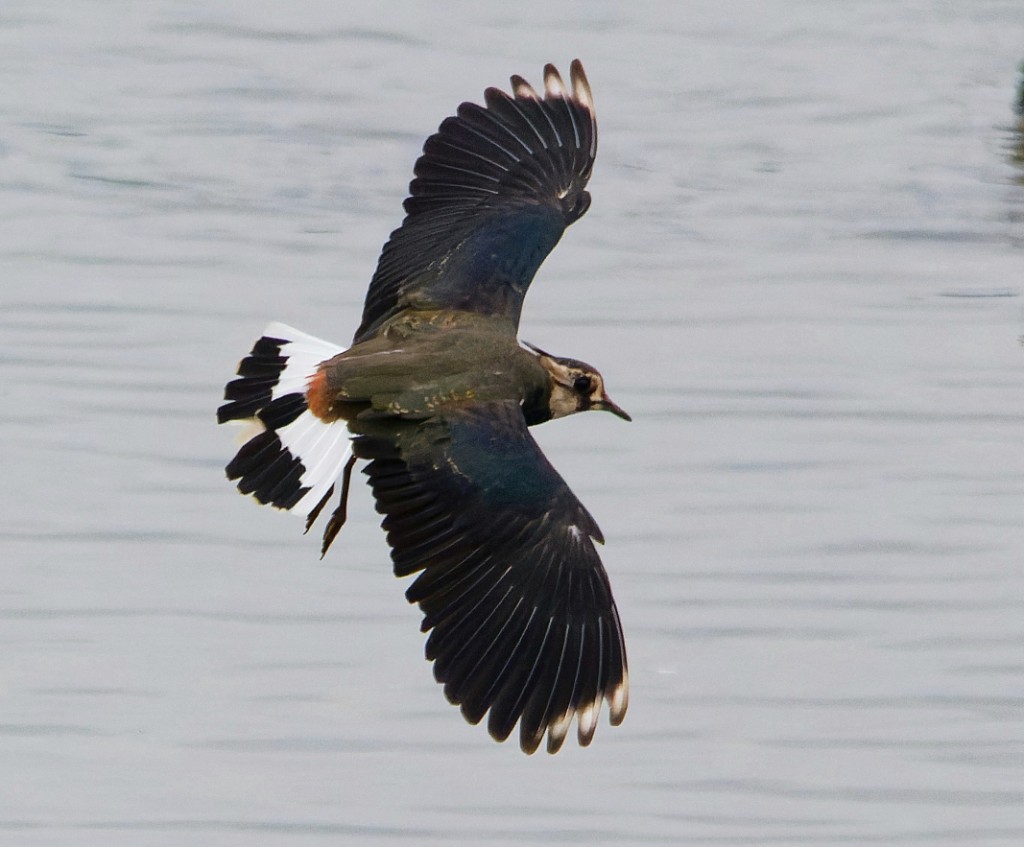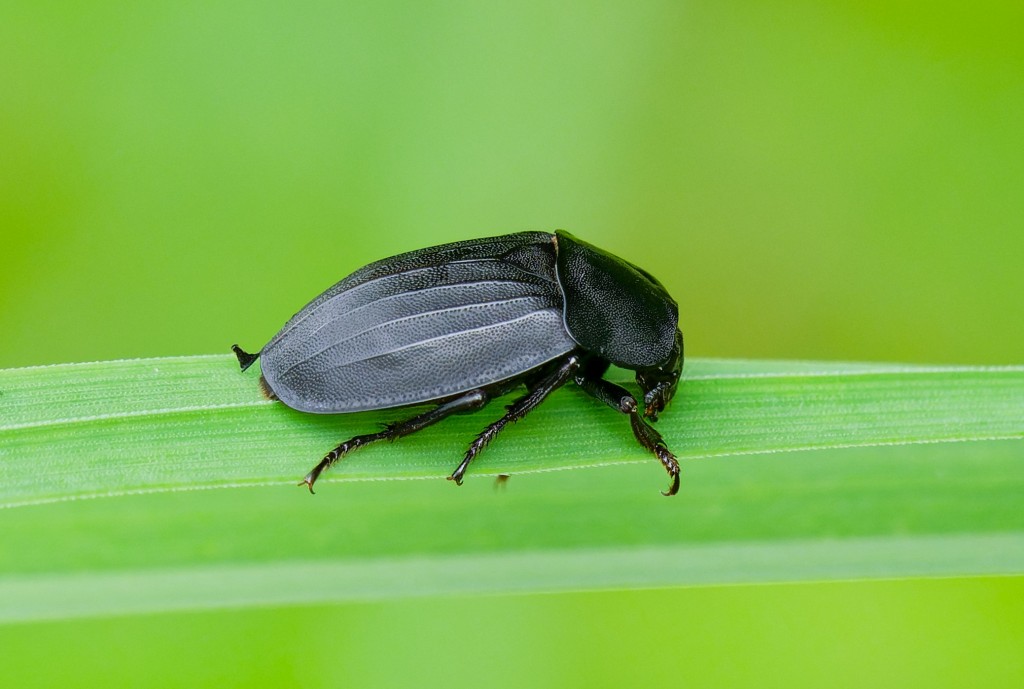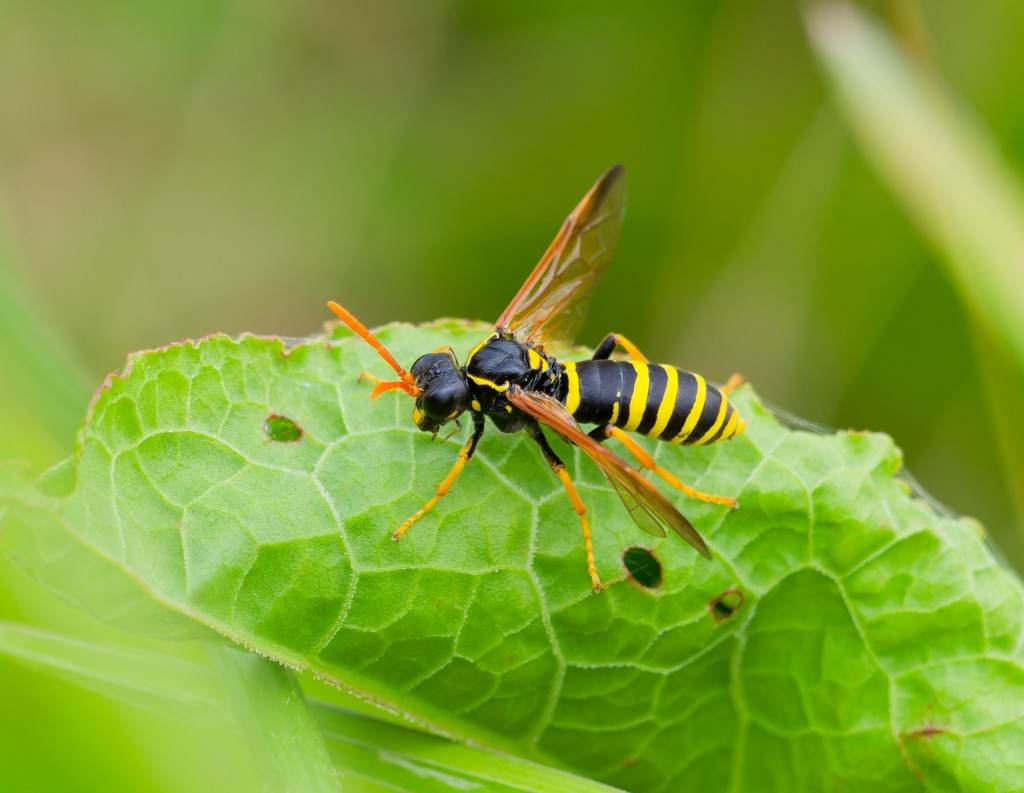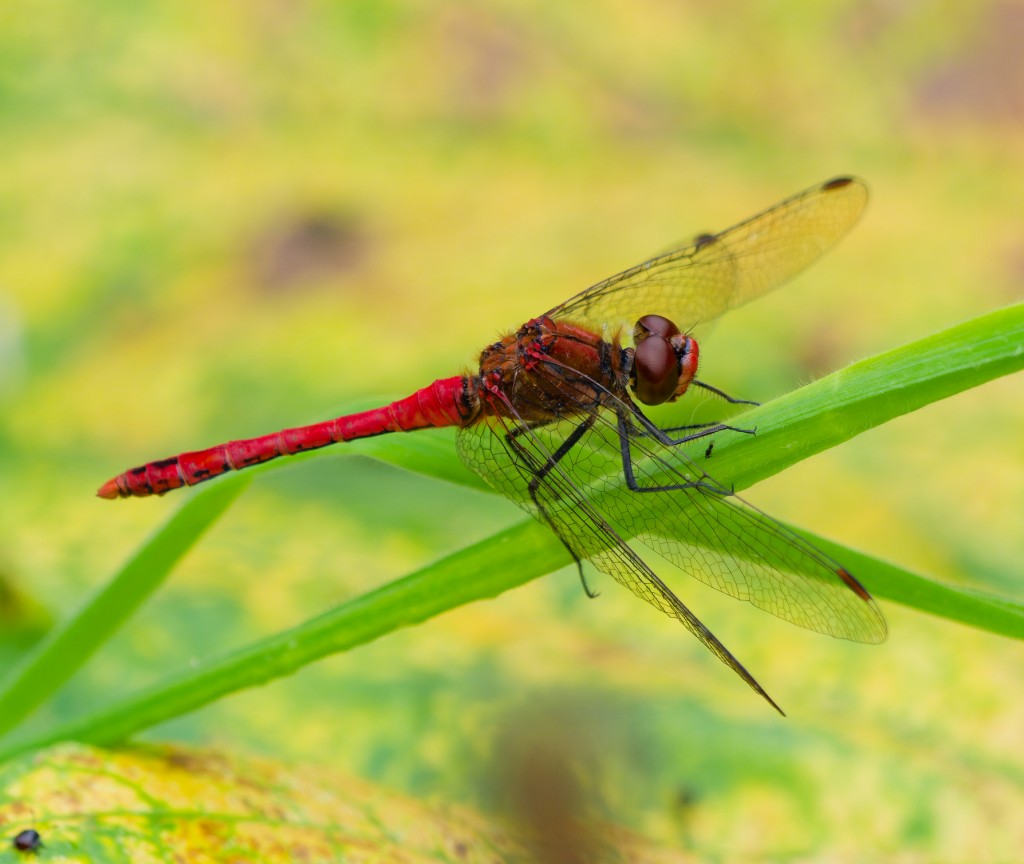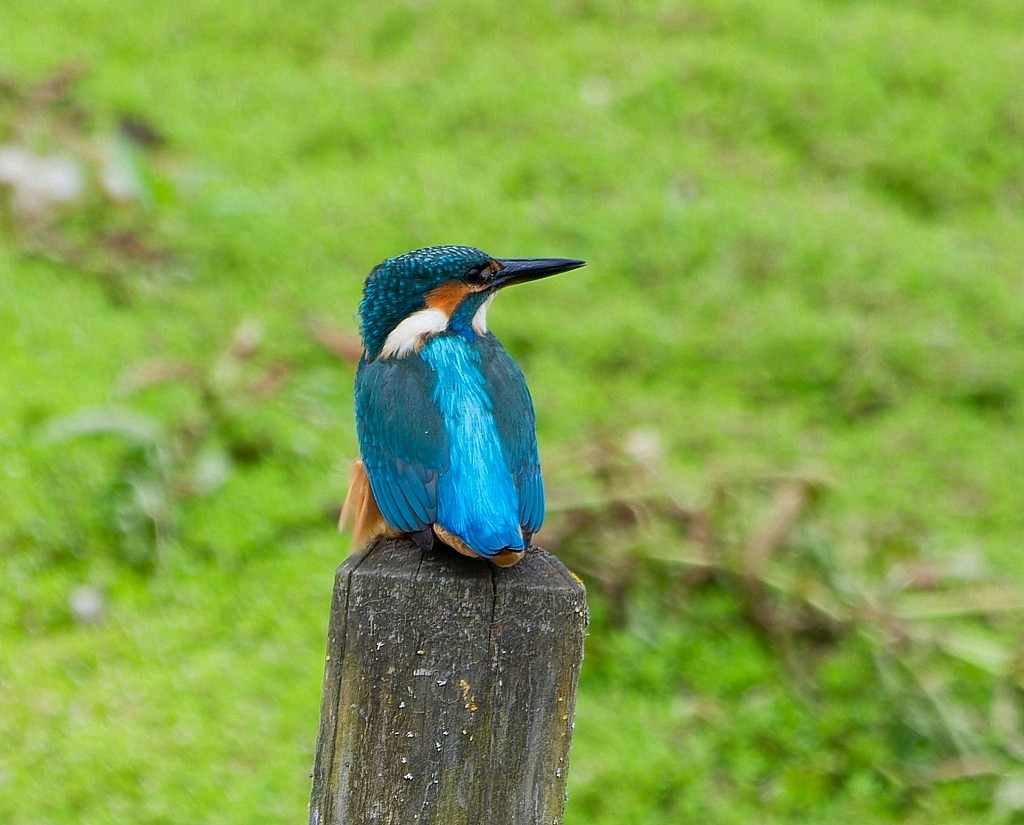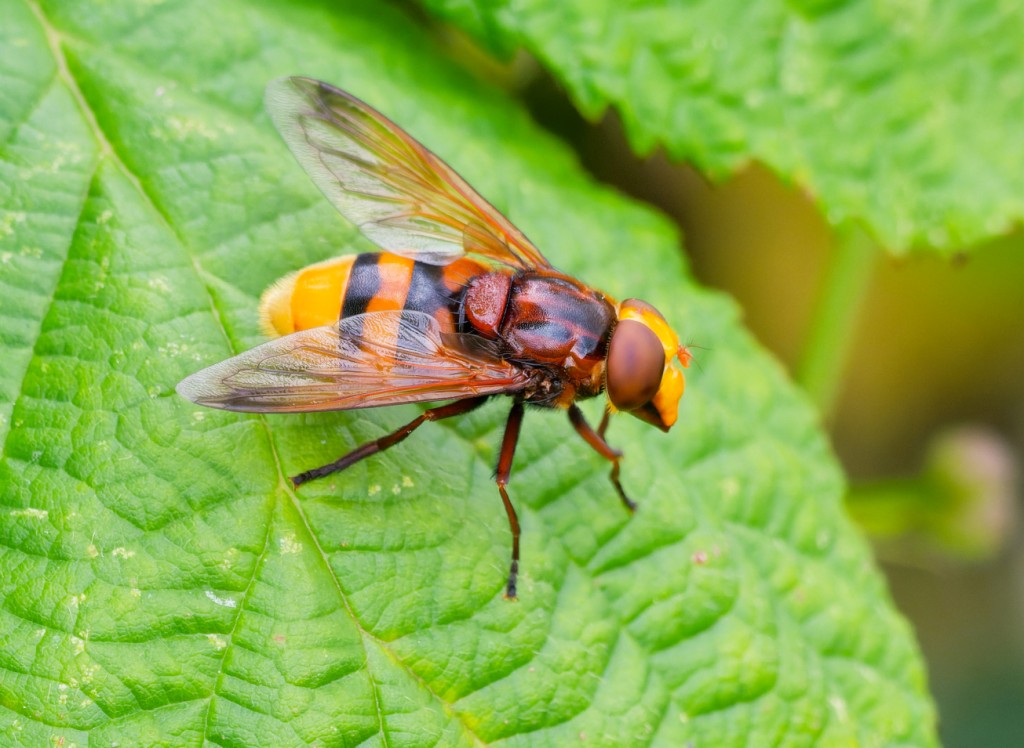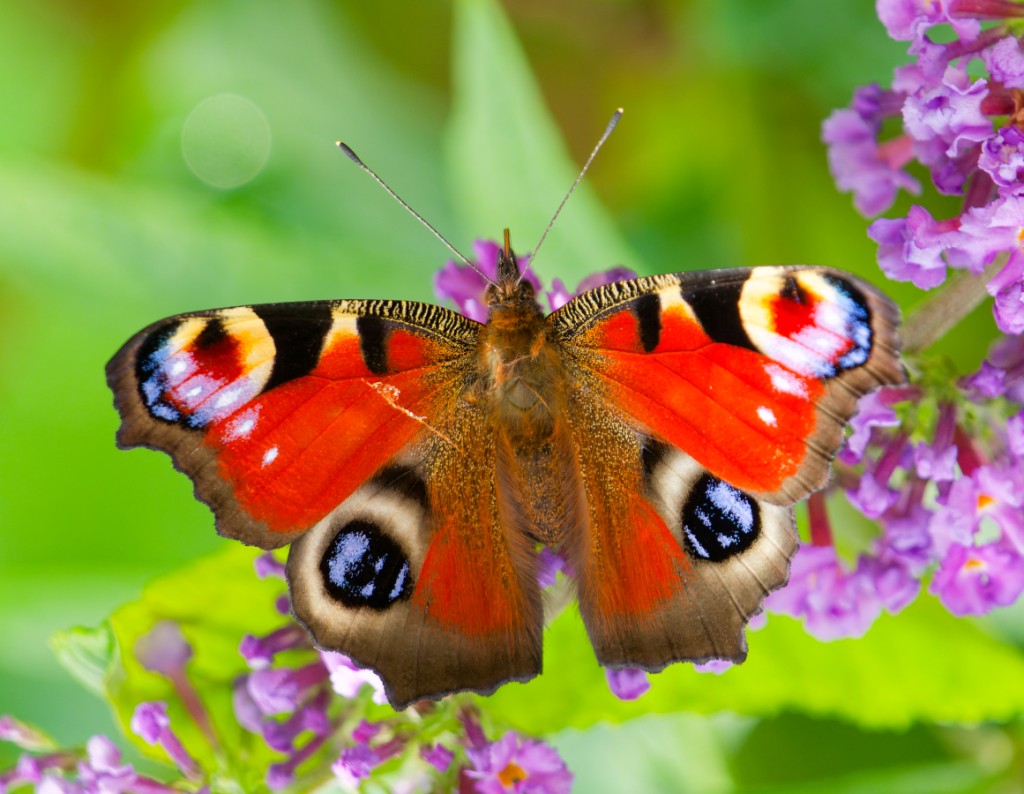Woolston Eyes Monthly Sightings
2024-08-31
August Butterflies; c14 Small Whites, c35 Green-veined Whites, 13 Large Whites, 6 Common Blues, 8 Purple Hairstreaks, 35 Peacocks, 8 Red Admirals, 7 Commas, 102 Speckled Woods, 12 Meadow Browns and 40 Gatekeepers.
Submitted by: Dave Hackett
2024-08-31
The last day of summer dawned with clear skies and a light easterly breeze - ideal conditions for encouraging visible migration. We spent the first few hours on the Bed 4 viewing platform, where highlights were 1 Great White Egret, 1 Little Egret, 2 Garganey, 1 Tree Pipit, 3 Yellow Wagtails, 5 Meadow Pipits, 40 Snipe, 3 juvenile Black-necked Grebes, 1 Kingfisher, 1 Marsh Harrier, 6 Grey Herons and more than 70 Little Grebes. The latter count, in all likelihood, brings the whole Reserve count for Little Grebes to over a hundred, which is exceptional. The clear weather recently had clearly encouraged most aerial feeders to move south, with no Swifts and just 2 House Martins and singles of Swallow and Sand Martin recorded. Over on Bed 3 two more Great White Egrets were feeding in front of the Morgan Hide, as was another Kingfisher, a different Marsh Harrier was hunting and a second Tree Pipit reported. We also completed dragonfly and butterfly counts for parts of the two beds, with totals for the former of: 2 Black-tailed Skimmers, 2 Ruddy Darters, 1 Emerald Damselfly, 13 Migrant Hawkers, 5 Brown Hawkers, 9 Southern Hawkers, 79 Common Darters and 2 Common Blue Damselflies. As for the butterflies, they were again thin on the ground, with just: 1 Peacock, 4 Red Admirals, 21 Speckled Woods, 2 Commas, 1 Meadow Brown and 2 Large Whites. Photo of a Great White Egret Cheers David Bowman (with Dan Owen and Helen Wynn)
Submitted by: David Bowman
2024-08-24
Photo of a colour-ringed juvenile Marsh Harrier, almost certainly from the brood which was ringed on the Reserve earlier this year. Cheers David
Submitted by: David Bowman
2024-08-24
With the weather forecast showing a light southerly wind and low cloud, ahead of lunchtime showers, conditions looked perfect for observing migration. So, we were in place on the No.4 bed wetland viewing platform not long after dawn and were treated to a spectacular movement of Swifts and hirundines. In four hours we counted around 1,500 aerial feeders coming in, at low level from the north, pausing to feed over the water and then pushing on southwards. Final counts were: 85 Swifts, 405 Sand Martins, 370 Swallows and an impressive 700 House Martins. Also of note were two late staying juvenile Black-necked Grebes and two juvenile Marsh Harriers, one of which was wearing a green colour-ring, and so likely to be from the brood which was ringed on the Reserve earlier this year. Photo of a House Martin Cheers David Bowman (with Helen Wynn and Brian Baird)
Submitted by: David Bowman
2024-08-24
With the weather forecast showing a light southerly wind and low cloud, ahead of lunchtime showers, conditions looked perfect for observing migration. So, we were in place on the No.4 bed wetland viewing platform not long after dawn and were treated to a spectacular movement of Swifts and hirundines. In four hours we counted around 1,500 aerial feeders coming in, at low level from the north, pausing to feed over the water and then pushing on southwards. Final counts were: 85 Swifts, 405 Sand Martins, 370 Swallows and an impressive 700 House Martins. Also of note were two late staying juvenile Black-necked Grebes and two juvenile Marsh Harriers, one of which was wearing a green colour-ring, and so likely to be from the brood which was ringed on the Reserve earlier this year. Photo of a House Martin Cheers David Bowman (with Helen Wynn and Brian Baird)
Submitted by: David Bowman
2024-08-22
You could definitely feel autumn just around the corner at today. It was overcast and gusty, with intermittent drizzle, with a few hundred aerial feeders brought down to feed over No.4 bed by the adverse conditions. Counts included 45 Swifts, 100 House Martins, 60 Sand Martins and 25 Swallows. It won’t be long before the last of the Swifts have headed south, so it was nice to spend time watching them feeding, slicing effortlessly through the strong wind. Wader numbers have been pretty static all week, with just one, possibly two Greenshanks, three Green Sandpipers, 25 Snipe and a couple of hundred Lapwings. Interestingly, a hunting juvenile Marsh Harrier was not one from the brood which was ringed on the Reserve earlier in the year, as it lacked a green colour-ring. Photo of a Swift Cheers David Bowman
Submitted by: David Bowman
2024-08-18
It’s been a steady week, with not too much movement but some excellent counts made. The culmination came with the WeBS counts on Saturday, when the warden team counted 2,789 wetland birds of 29 species. Waders included 1 Greenshank, 2 Common Sandpipers, 5 Green Sandpipers, 1 Oystercatcher, 28 Snipe and 227 Lapwings. The wildfowl highlights were the 5 Garganey, 338 Shoveler, 419 Gadwall, 222 Teal, 116 Tufted Duck and 93 Pochard. Grebes were also well-represented with 13 Black-necked, 5 Great Crested and 46 Little, while other notable counts included 6 Water Rails, 6 Kingfishers and 469 Coot. Photo of a Lapwing Cheers David Bowman (with Dan Owen et al)
Submitted by: David Bowman
2024-08-14
In perfect conditions -warm sun and no wind- 8 Purple Hairstreaks were found on the south bank of No.3 bed between 5.30 and 6.30 this evening.
Submitted by: Dave Hackett
2024-08-10
High humidity has been a feature of most recent visits to the Reserve and this morning was no different. So, we started with a lazy couple of hours in the Morgan Hide before heading off to undertake a dragonfly and butterfly survey of No.2 bed. Early on, Green Sandpiper and Little Egret were feeding in front of the hide and were later joined by a Kingfisher. The latter are a daily sight at this time of year now that the young have fledged. Our struggle along the over-grown paths around No.2 bed were rewarded with some reasonable counts, though not the exceptional numbers of dragonflies noted earlier in the summer. Dragonflies totalled: 2 Ruddy Darters, 1 Migrant Hawker, 2 Southern Hawkers, 3 Brown Hawkers, 7 Black-tailed Skimmers and 14 Common Darters. The story for butterflies has been the opposite of that for dragonflies, with an almost total dearth of sightings until recently. This current settles spell has seen things pick up slightly and totals were: 3 Peacocks, 6 Gatekeepers, 18 Speckled Woods and 5 Whites. Photo of a male Ruddy Darter Cheers David Bowman (with Helen Wynn and Brian Baird)
Submitted by: David Bowman
2024-08-08
It was overcast and breezy but still warm today. After a couple of weeks without much evidence of return passage, things picked up a bit this morning. It started with a Wood Sandpiper, which flushed from cover in front of the Morgan Hide, along with four Snipe and 75 Shovelers which had been roosting on the scrape. Then, over on No.4 bed, a Great White Egret and a Little Egret gave distant views, while three Green Sandpipers, two Common Sandpipers and a dozen Snipe added to the cast. The 400 Swifts which were feeding overhead no doubt signalled the start of their southward migration and we should enjoy them while we can. Seventeen Black-necked Grebes are also still present, six adults and the rest juveniles. Of the latter, three well grown juveniles were still being actively fed by the parents and it was comical to see one of them determinedly, and eventually successfully, trying to take a ride on its parent’s back (see photo). As they finish their moult, Gadwall numbers seem to be declining, as expected, with around 700 counted, while at least 650 Coot still present. Photo of a Kingfisher Cheers David Bowman
Submitted by: David Bowman
2024-08-06
Another pleasant summer’s day with hints that autumn is just around the corner. Many of our warblers seem to have already left for their wintering grounds, though there were still a few family parties of Sedge Warbler, Blackcap and Whitethroat moving through the reedy edges of the No.4 bed wetland. It won’t be long before the majority of our Black-necked Grebes leave, too, as a group of eight fully grown young were practising flying, skimming low over the water on No.4 bed. Seventeen were still present, though, (6 adults and 11 juveniles, including the three small young which appeared last week and are still being fed by their parents). Swift numbers have dropped, too with just 12 feeding voraciously - soon reduced to 11, though, as a female Hobby snatched one in a high speed raid. She flew east with it, towards No.2 bed, a sure indicator that somewhere in that direction she’s probably got large young in a nest. The continued warm weather has meant that butterflies, dragonflies and insects, generally, were more evident. The find of the morning was probably a Hornet Hoverfly, this hornet-mimic is the UK’s largest hoverfly and is always a treat to see, having slowly spread into our northern climes over the past few years. Photo of the Hornet Hoverfly Cheers David Bowman
Submitted by: David Bowman
2024-08-04
t’s been an interesting week, with Tuesday bringing a record count of 1,115 Gadwall, along with a near-record 636 Coot, 2 Little Egrets, 3 Green Sandpipers, 3 Common Sandpipers, 12 Snipe and a Ring-necked Parakeet. Our latest ever brood of Black-necked Grebes also appeared, unexpectedly, when a an adult with three young was located on No.4 bed, bringing the total broods to ten. Thursday saw an Osprey fly west while Saturday saw at least four Little Egrets present, with two each on Nos.1 and 3 beds. Saturday also saw a Bio-blitz for Beetles taking place on No.3 bed, with a dozen beetle experts gathering specimens for identification. During the last such survey a new beetle for the UK was discovered, so it’ll be fascinating to learn what was discovered yesterday. Photo of a Peacock Cheers David Bowman (with Dan Owen)
Submitted by: David Bowman
2024-08-01
July Butterflies: 1 large skipper, 9 small skippers, 1 brimstone, 13 large white, 9 small white, 44 green-veined white, 7 purple hairstreaks, 14 commas, 12 red admirals, 25 peacocks, 5 small tortoiseshells, 1 probable dark-green fritillary, 34 speckled woods,107 gatekeepers, 26 meadow browns, 19 ringlets.
Submitted by: Dave Hackett

